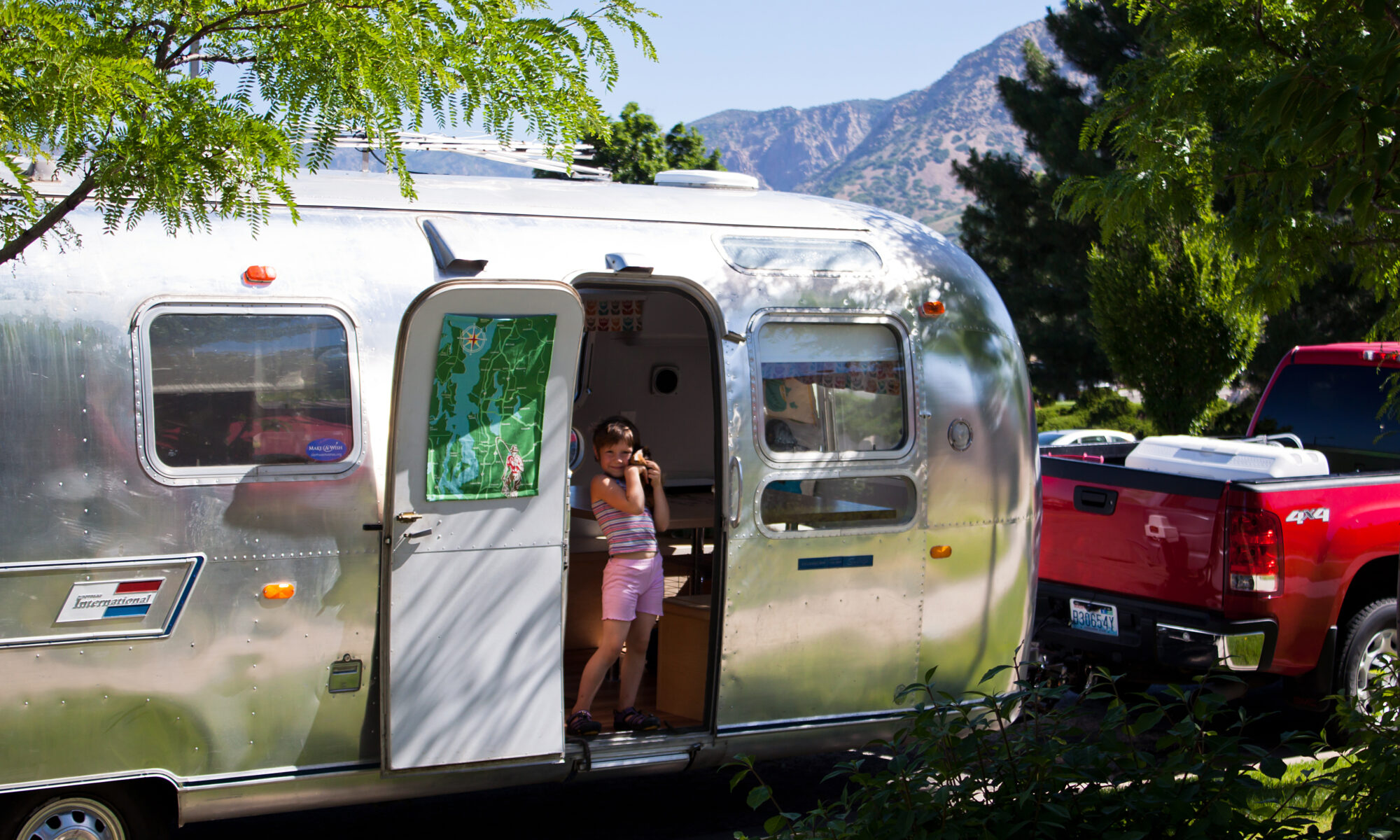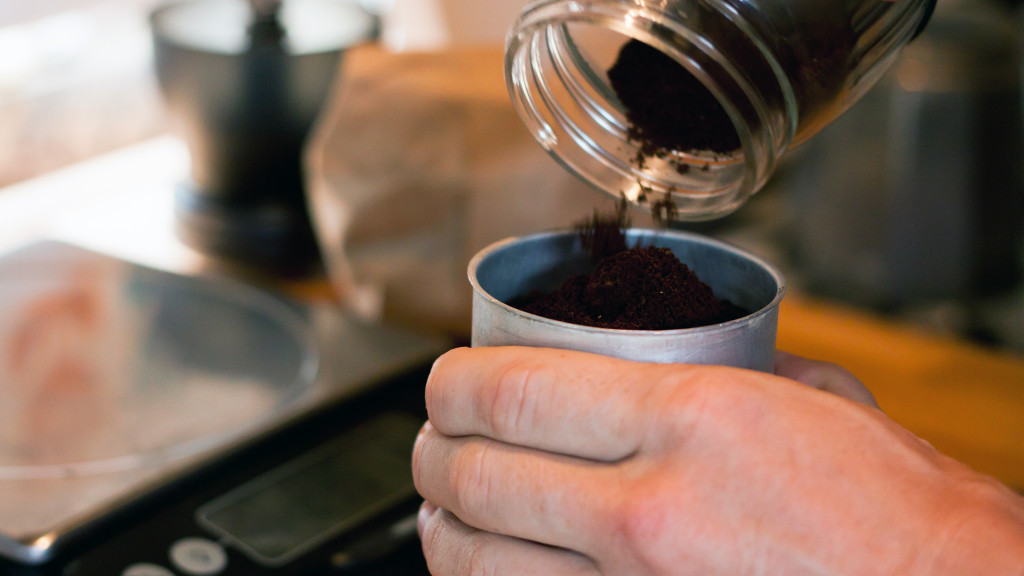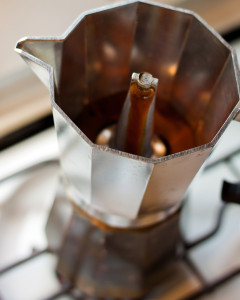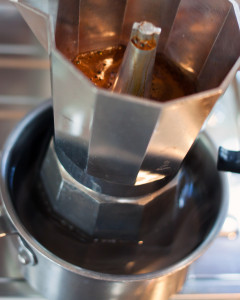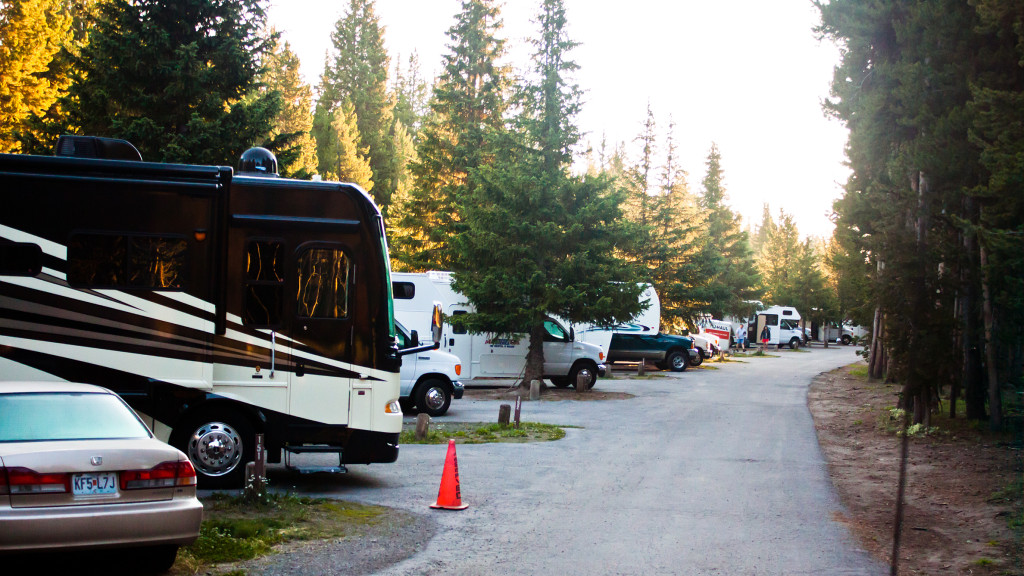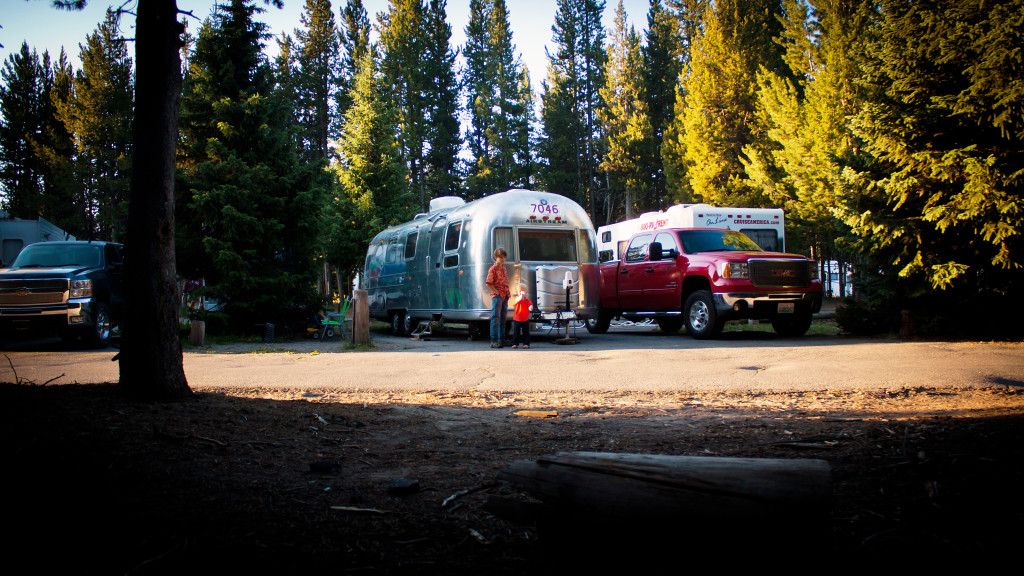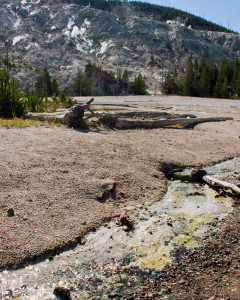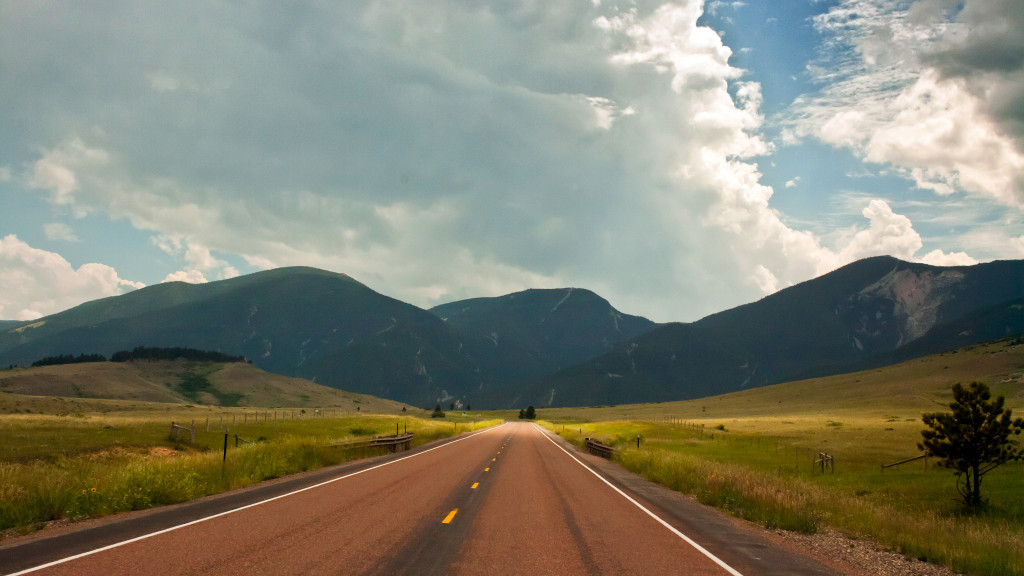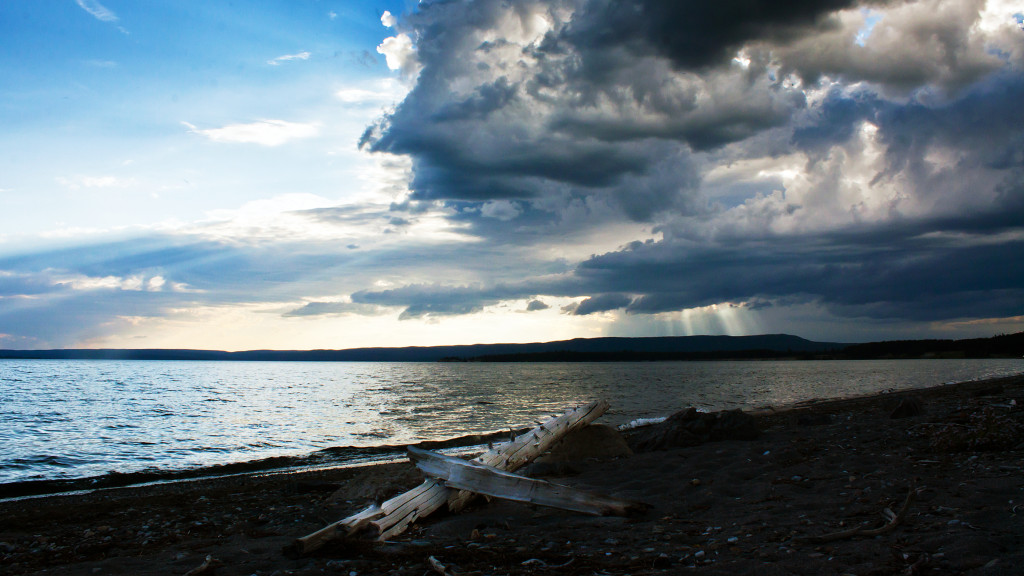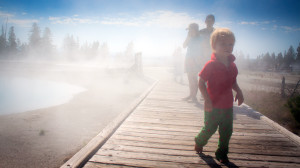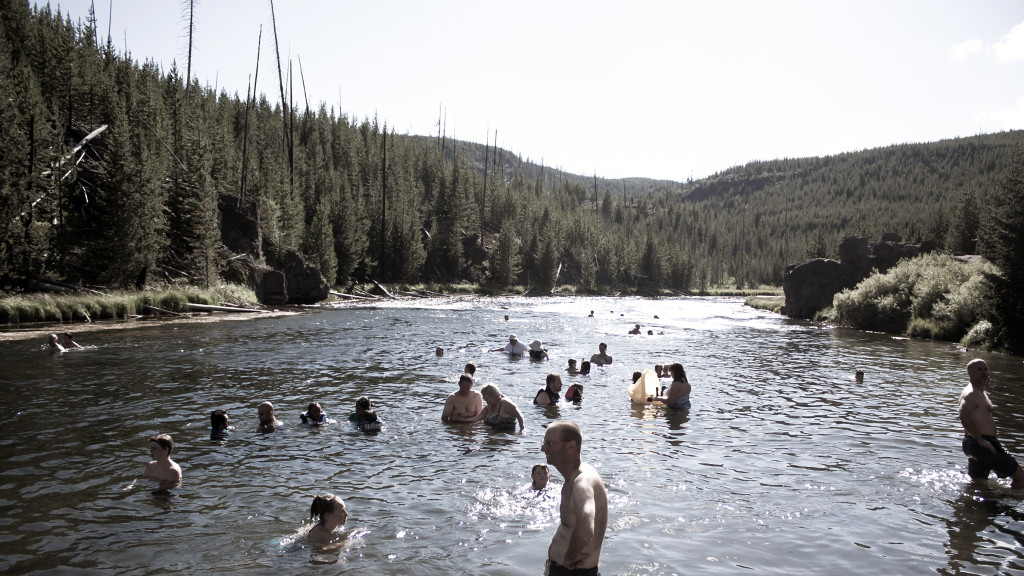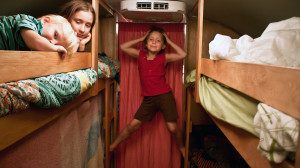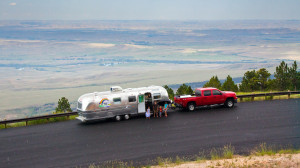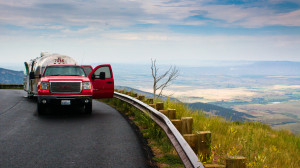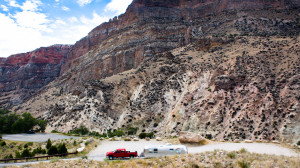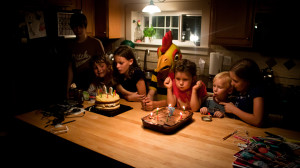Ah, the sleeping spot dilemma during an Airstream renovation project. You’re in the middle of renovating an Airstream (or a travel trailer in general) or thinking about which size of Airstream to buy so you can fit your family of 4, 5 or even 6. Where is everyone going to sleep? “The original design isn’t going to work” you say. So you ask yourself, “should we install bunk beds”? Thanks to our daughter, we’ve had the privilege to enjoy the ways of the Airstream life, even it was just for a bit. But spending a month straight in one gave us time to evaluate the layout for larger family. Based on that month long evaluation period, the following is what we’ve noticed. This article is geared towards Airstreams, but If you’re thinking about different layouts for a travel trailer in general, this article applies just as well.
To Bunk or Not to Bunk
Quite honestly, bunk beds are the way to go for Airstreamers with children, especially those who are going full-time with Airstreaming or RVing in general. Living (permanently or temporarily) in an Airstream or RV could be really fun, really bad or somewhere in the middle… depending on the layout of the sleeping quarters. If you’re in the middle of restoring or remodeling your vintage Airstream and deciding on custom building or having some custom built beds, you should really figure out how and where you want your family situated every night. Where will the kids sleep?
The 31′ Airstream Sovereign International with rear bath is a good length and layout to begin with, to redesign with 4 bunks. We have a large family, so stacking children is saving critical space. Children love the idea of bunk beds anyways; at least ours do. If there are multiple kids in your family, bunks provide them their very own bed instead of having to share a bed. I can tell you from experience, each child having their own bed is a big deal. Sharing a bed for a weekend trip might be ok, but if you’re thinking about a longer stay, the sharing gets old quicker than you’d think. Converting to bunk beds loses the original overhead storage but there are ways to make up for that (such as using the towing vehicle, if it’s a pickup, for a lot of storage). Families with 2 kids could get away with a bath in middle, but that doesn’t allow for friends to tag along.
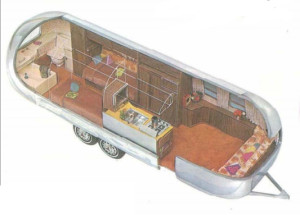
The main reason for not having a rear bath (and instead, have a bedroom in the back) is for a private, always ready parents bedroom. However, that layout puts the kids towards the front and closer to the kitchen. From our month long experience in the Sovereign, the reason a front bed for parents works well is because the parents usually stay up later than kids and the kitchen is in use quite a bit (cleaning up dinner, preparing food for the next day, and most importantly, assembling adult beverages to end the day… all while the kids are sleeping or trying to get to sleep). This becomes a bit more difficult if the kids are sleeping towards the front. There is no greater space separation from the kitchen between the kids sleeping in the front section rather than the middle section. However, it is much more difficult to create a barrier (aka, door) to the kitchen if the kids were to sleep in the front. The front area and kitchen are more of a great room in these Airstreams. When it comes to noise in an Airstream trailer, every inch away from that noise is extremely valuable space and the ability to put in a door is even more valuable. Even though the doors are thin, they do take the edge off the noise being made during kitchen clean up. Also, if the kids slept in the fold out beds in the front, turning on lights to see in the kitchen would intrude in the kids sleep. Ideally, the bunks would be in the very rear with a middle bathroom. That would provide a bit more sound barrier rather than the kids being right next to the kitchen as they are now. Breaking down the dining table for the parents is a pain, but doable. We did it for a month and got pretty quick at it. The one thing we didn’t do as much as we thought we would was eating outside under the awning. Partly because the awning was a big task to set up but also because of the heat, humidity and mosquitoes. If we stayed in a cool place without the viscous, selfish, blood sucking insects, the outside table would be the main table, leaving the option to NOT convert the bed back to a dining table. When we knew we would be gone from the Airstream all day, we left the bed as-is. It all depends on each family’s “laziness” factor. Ours was probably above normal.
Bedding
After spending a month straight in an Airstream with bunk beds, one recommendation we would make is to have the bedding custom sized for that bunk. We used twin sizes and even those were really too big. It made it difficult to really keep the bunks looking kept up because there was so much bulk to the bedding. Custom sizing the bedding is something we need to do to our sleeping arrangements. We suppose sleeping bags would work well, but probably not for a long term solution. One our favorite types of bedding for an RV or Airstream is a nice wool blanket. Not only do they keep a body warm, they aren’t bulky. Bulky items become really exaggerated in cramped spaces. That -20 degree rated Mountain Hardware mountaineering jacket the size of Rhode Island ends up looking like Texas in the closet of a travel trailer (unless you get the pack-able version for $800 more). This applies more so to bedding. That queen sized down comfortable that looks so fluffy on your bed at home all of a sudden becomes a giant space eating monster.
Lighting
With our setup, we have 2 bunks on either side of the isle with only one overhead light to provide the light for all 4 beds. This doesn’t really work well. We would like to add a small separate light for each bed, so one kid can use their light without lighting up the whole “room”.
We have a wide range of ages, so the 12 year old might stay up a bit later reading than the 3 year who is zonked out. The center overhead light has its use, but if a kid isn’t feeling well and needs to have a one-on-one with the puke bowl or change clothes or etc, etc, etc, it would be nice to limit the amount of light emitted on the rest of the clan. Routing the wiring is the challenge for us now, since the bunks are already installed. If you have yet to build out your bunks, we recommend working in the electrical for a light for each bunk in the design. Yes, you could use battery powered LED lights with double stick tape, but replacing the batteries will get to be a pain when it comes to 4 lights and it also doesn’t have that custom built-in look.
Stop Debating
If you’re considering installing bunk beds, we say stop thinking about it and go for it! They look cool, they are very practical and functional and it’s an excellent use of space. Our kids love them and all their friends that see inside the Airstream are completely drawn to them. They are like little forts. They can custom decorate their own bunk space and with the 31′ Sovereign and they each have a part of a window they can look out. Only the bottom bunk can open the window though but that was never a problem, since we used the air conditioner a lot and the windows weren’t allowed to be opened. Unless they wanted the air conditioning police (dad) to take them to air conditioning jail.
So again, this was our evaluation from living in a renovated Airstream that had bunk beds installed. Not everyone might think the same. For some reason, those rear bedrooms are popular. When it comes to privacy for the parents, it definitely provides that. But a well rested child increases the parents chances for better behavior the next day – privacy for the child also has it’s rewards.
Or just throw the kids in a tent outside and call it good.
